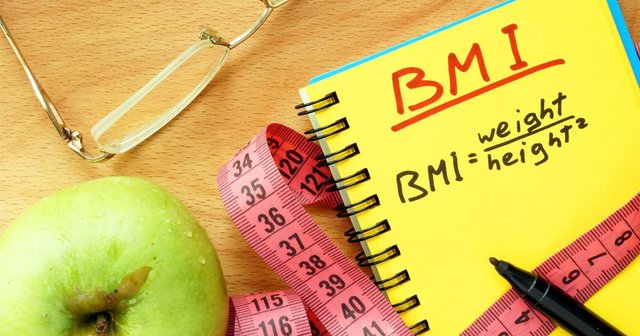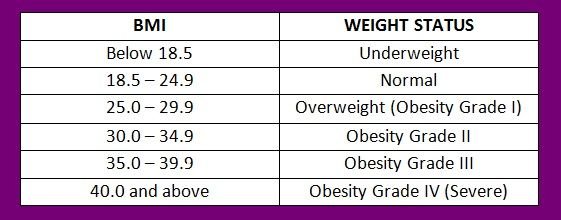Body Fat & How To Measure #1 - BMI
What is my body fat percentage?
Every person who has trained a certain period, certainly wondered "what is my body fat percentage?".
When we talk about the values essential for the health of they are around 10-25% body fat for men and for women from 18 to 30%. As well as a high percentage of fat disrupts the body's appearance, negatively affects self confidence, a high percentage of fat can have major health repercussions.

By now it is well established that increased percentage of fat, especially around the abdomen is associated with:
- High blood pressure
- Metabolic syndrome
- Type 2 diabetes
- Arterial disease
- Hyperlipidemia
In addition to an increased percentage of fat can have negative effects on the body, the dangers lurking when the fat percentage is too low. When the percentage of fat decreases to a large extent, adversely affecting the ability of the reproductive system as well as all the general condition of the body. A certain amount of fat is essential and is located in the nerve tissue, bone marrow and internal organs. It is about 3% of body weight for men and about 12% for women.
Measuring the percentage of fat
When we know the importance of body composition next question to ask is how to measure? There are several different methods that are used, and some of them are:
- Anthropometry and measurement of skin folds
- Measuring bioelectrical impedance
- DEXA
- Underwater weighing and others.
BMI
One of the most common methods that are generally supposed to give specific information on the composition of the body is the body mass index (BMI). Body mass index is the ratio between weight and height and is calculated by dividing the weight in kilograms by height in squad meters.

IMG CREDITS
Values are from 18.5 or less to 40.0 or more. Depending on the result puts you in one of the categories. Our goal is to be in the category of 20-25, the range indicates that the person has an ideal body weight. If you exceed 25 and go to 30, the category called overweight. From 30-35 is obese type 1 And all values of 35-39.9 type 2. The values above 40.0 indicate obesity type III. Pak on the other extreme values lower than 18.5 which indicate malnutrition.

BMI can often indicate a wrong condition but still there is a certain correlation with hypertension and total cholesterol in people who have> 30.0. So it can be said when it comes to inactive persons that a high BMI also indicates the high percentage of fat. When it comes to trained people, recommendations are to use another method.
Hydrostatic Weighing is the most accurate but it's typically hard to gain access. Maybe a University or a large gym may have access. But it can be expensive!